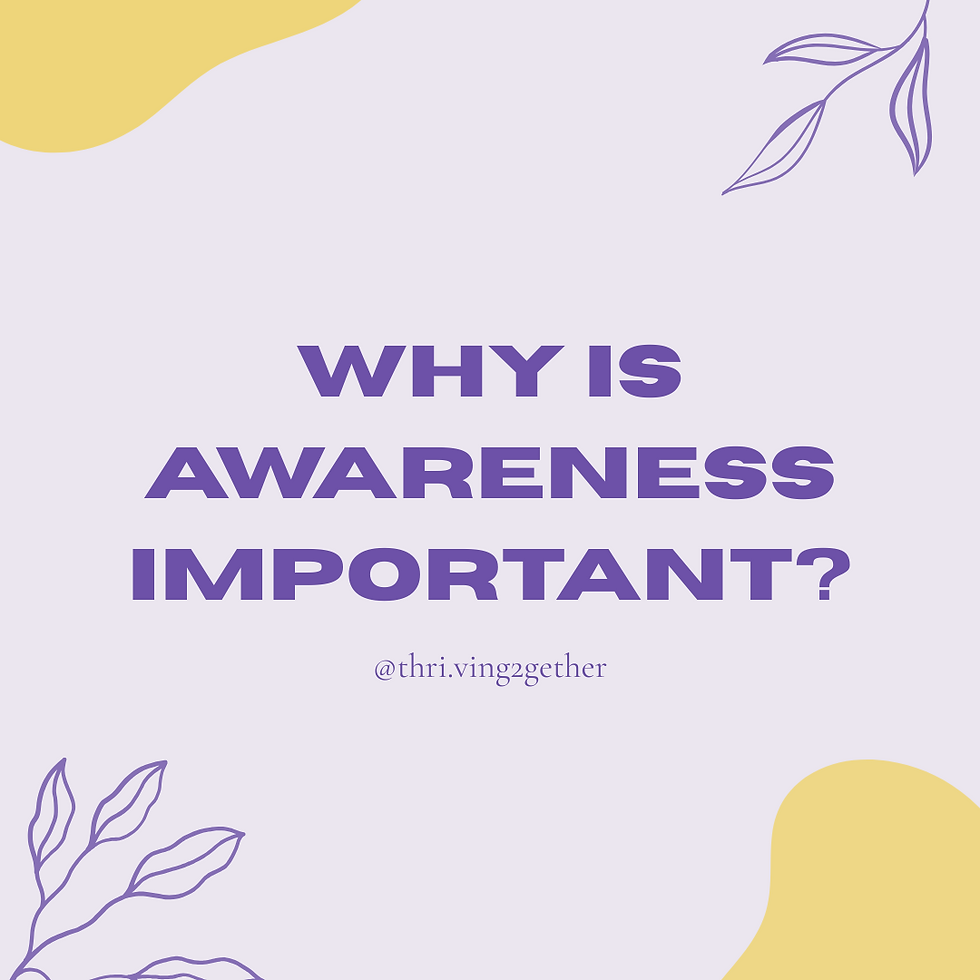Prologue
- separk717
- 2024년 9월 1일
- 4분 분량
최종 수정일: 3월 7일

My name is Lauren Park, and I have a younger brother, Jay Park, who is four years younger than me. Our journey together took an unexpected turn in 2019 when Jay first started experiencing discomfort due to a perianal fistula. At the time, none of us realized that this was just the beginning of a much larger battle. For the next two years, doctors closely monitored his condition, but it wasn’t until 2022, when he underwent a series of tests in preparation for fistula surgery, that we finally received a diagnosis: Crohn’s disease.
Hearing the diagnosis felt like the ground had been pulled from beneath us. Our entire family—my parents, my grandparents, and myself—was overwhelmed with worry and uncertainty. My parents immediately sought the best medical care available, consulting top specialists at Samsung Medical Center and Seoul National University Hospital in South Korea. Jay was prescribed a combination of medications, including the steroid Prednisolone and the immunosuppressant Methotrexate, along with folic acid and the acid suppressant Famotidine to help manage his symptoms.
Unfortunately, the medications brought severe side effects. Jay suffered from mouth sores, nausea, loss of appetite, persistent diarrhea, and skin rashes. Seeing my once energetic and cheerful little brother struggle with these side effects was heartbreaking. My parents, both of whom have backgrounds in medical and biological sciences, started questioning whether there was an alternative way to help Jay regain his health. They dedicated themselves to six months of intense research, exploring whether dietary changes could play a role in managing his condition. While their scientific knowledge was undoubtedly helpful, my father later admitted that having spent his entire career developing medications made it difficult for him to accept the idea of treating a disease without them.
The first step was identifying which foods Jay could safely eat. We underwent MAST (Multiple Allergen Simultaneous Test) testing, which screened for over 200 allergens. At my parents’ suggestion, I took the test as well. While my results showed only mild sensitivities to egg whites and beef, Jay’s results were far more concerning. He was allergic to wheat, refined sugar, dairy, and legumes—many of his favorite foods. The realization that he could no longer eat bread, pasta, or sweets was devastating for him. I still remember how disheartened he was when he realized that even his beloved chocolate milk was off-limits.
Determined to find a way to make this work, my parents experimented with alternative ingredients, using monk fruit extract as a sugar substitute and rice flour instead of wheat flour. Meanwhile, Jay’s doctor at Seoul National University Hospital expressed concerns about our decision to reduce his medication. The doctor worried that without proper nutrient absorption, Jay’s growth could be stunted during his critical teenage years. Additionally, he warned that eliminating certain foods would be difficult for Jay to maintain, especially in social situations where he might be tempted to indulge in restricted foods.
Despite these concerns, my parents made the difficult decision to discontinue Jay’s medication and instead focus entirely on his diet. They explained the reasoning to him, and little by little, he began to adapt. However, the transition was not without its challenges. One day, while tidying Jay’s room, my parents discovered a hidden stash of his favorite pre-diagnosis snacks—cookies, candy, and jelly. I remember seeing my mother cry that night. It was a painful reminder of how difficult this change was for Jay. But something shifted after that moment. Perhaps seeing our parents’ unwavering determination made him want to try harder. To make things easier, my parents introduced a compromise: three times a year, Jay would be allowed a “cheat day” where he could eat whatever he wanted. The thought of these rare indulgences motivated him to stay committed for months at a time.
Protein intake became another challenge. Since Jay’s diet restricted many conventional protein sources, he began supplementing with medical-grade protein shakes three to four times a week. Since different brands varied in taste, he tested three options with my parents and settled on the one that was the least unpleasant. It wasn’t ideal, but it was necessary.
To track his progress, Jay underwent weekly stool tests, and every three months, he had blood tests and imaging scans to monitor his condition. After 18 months of strictly following his new diet, we received the news that we had all been hoping for. In January 2024, all of Jay’s inflammation-related biomarkers had returned to normal. It was a moment of overwhelming relief and joy. I remember watching my mother cry tears of happiness that day, and instead of speaking, we simply hugged one another.
That was the moment I knew this story had to be documented.
I decided to create a website and write a book about our journey. Every week, I dedicate two hours to working on this project, determined to share our experience with others. This is not about discouraging children with Crohn’s from taking medication. Rather, I want to offer an alternative perspective for those, like Jay, who struggle with severe side effects and feel like they have no other options. If our story can give even one family hope, then it will have been worth it.
Our website, https://www.crohnsdietjourney.com/, serves as a resource where we share Jay’s diet, the timeline of his biomarker improvements, detailed information on Crohn’s medications, and our personal experiences. My hope is that this platform becomes a place where people can exchange information and support one another.
Looking back, this journey was not easy. It was filled with tears, frustration, and moments of doubt. But it was also a journey of love, resilience, and hope. I hope that by sharing our story, we can help others facing similar struggles find their own path to healing.
.png)



댓글